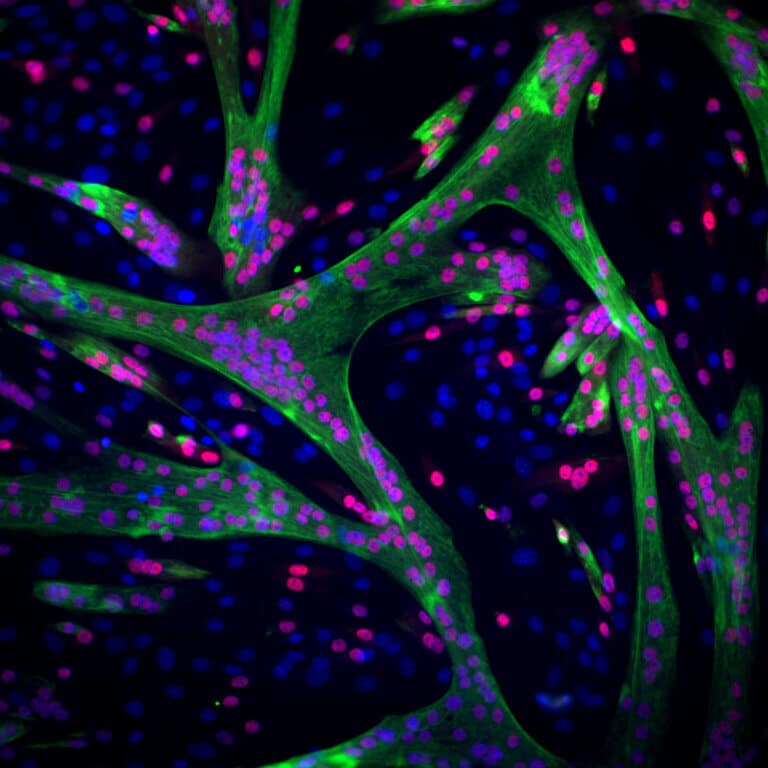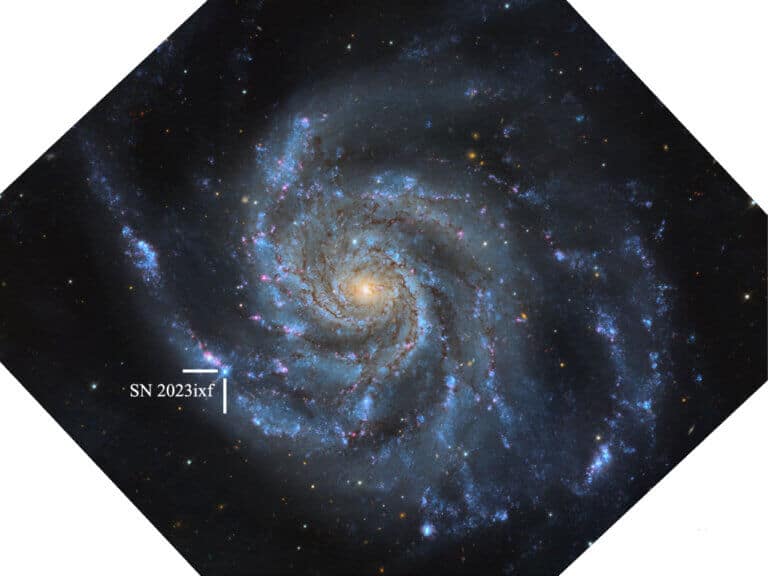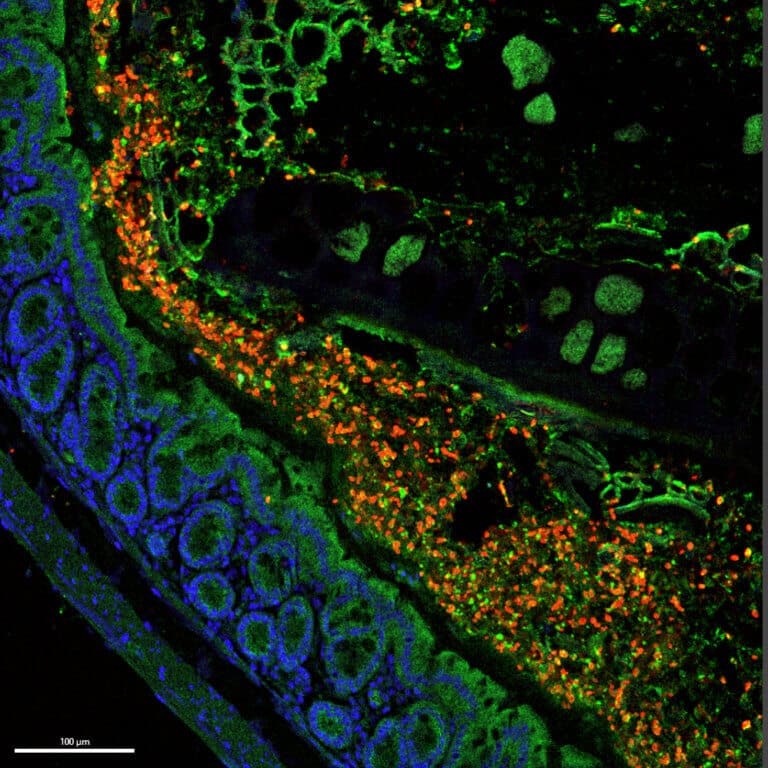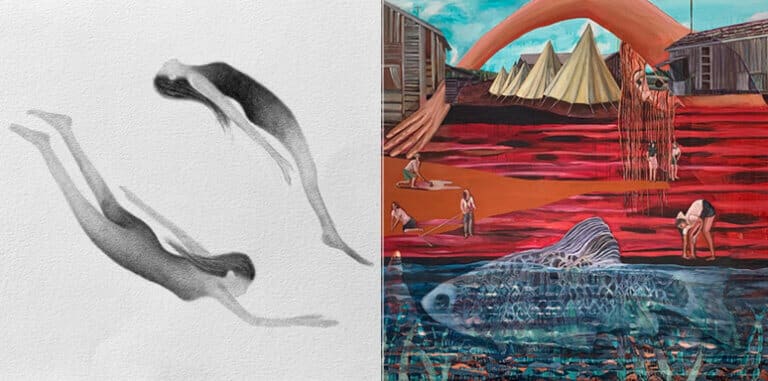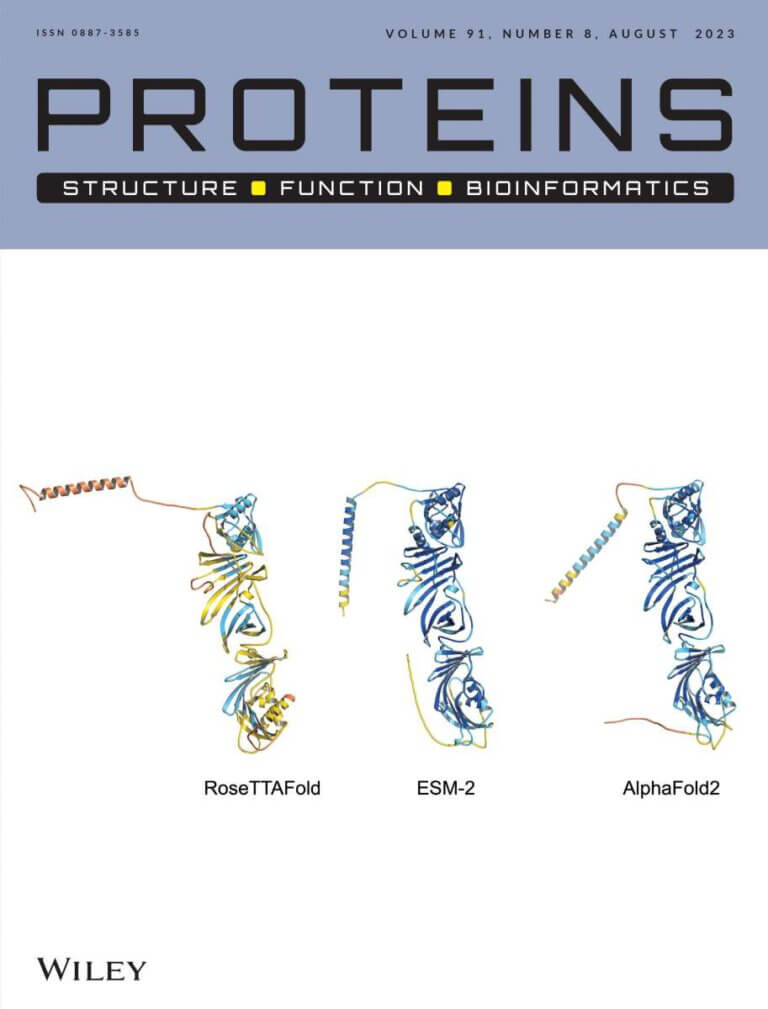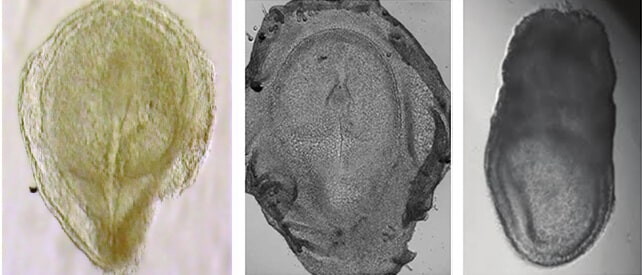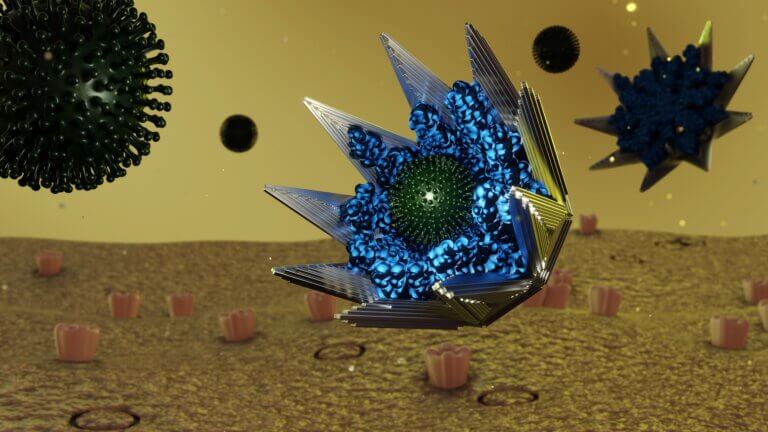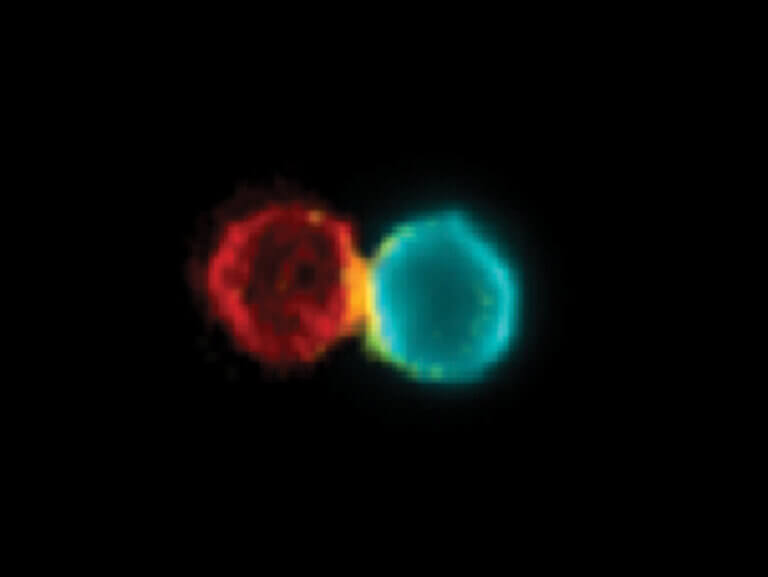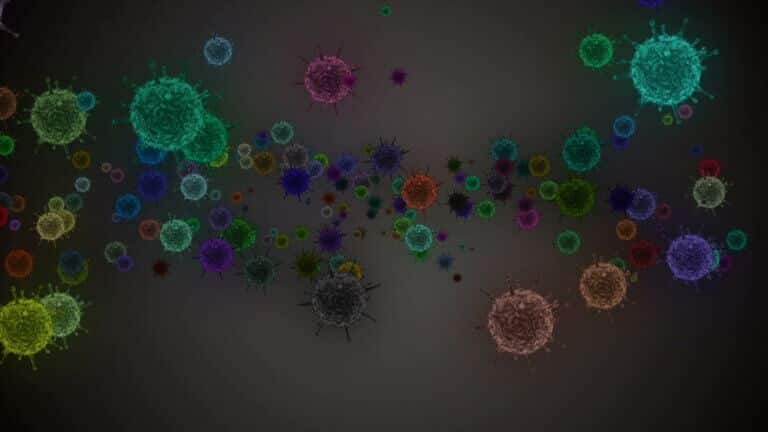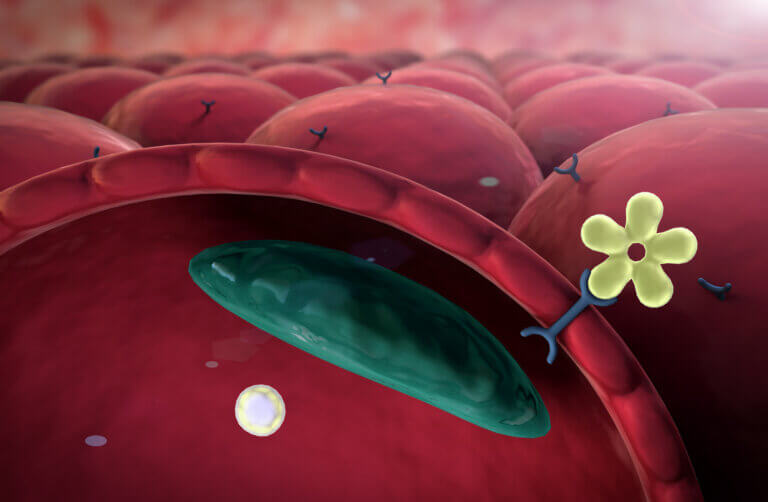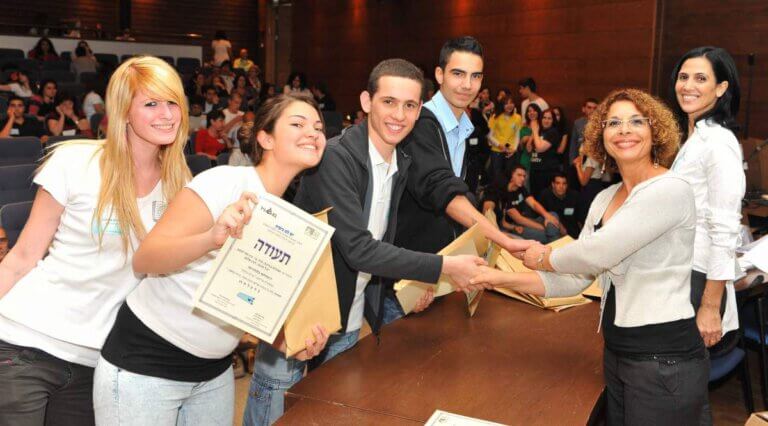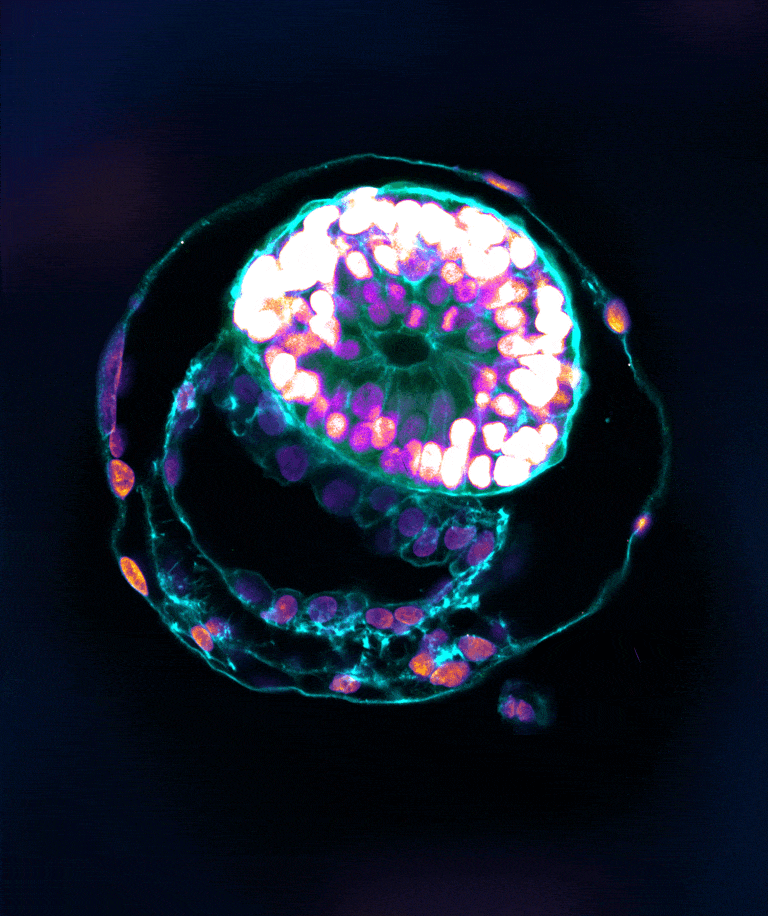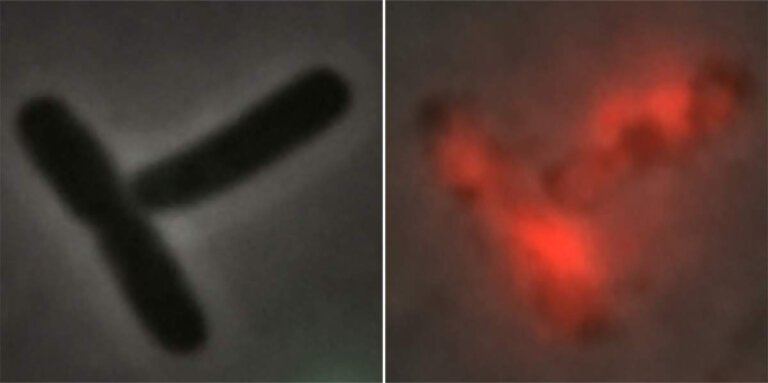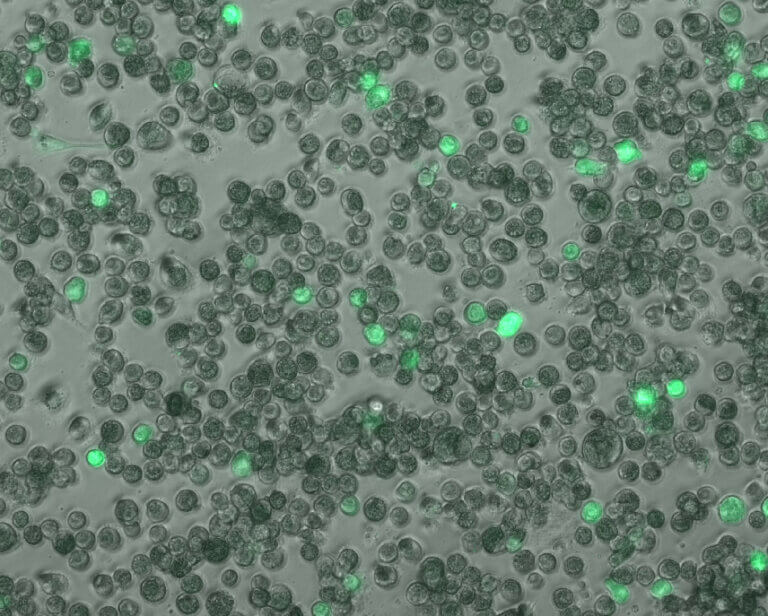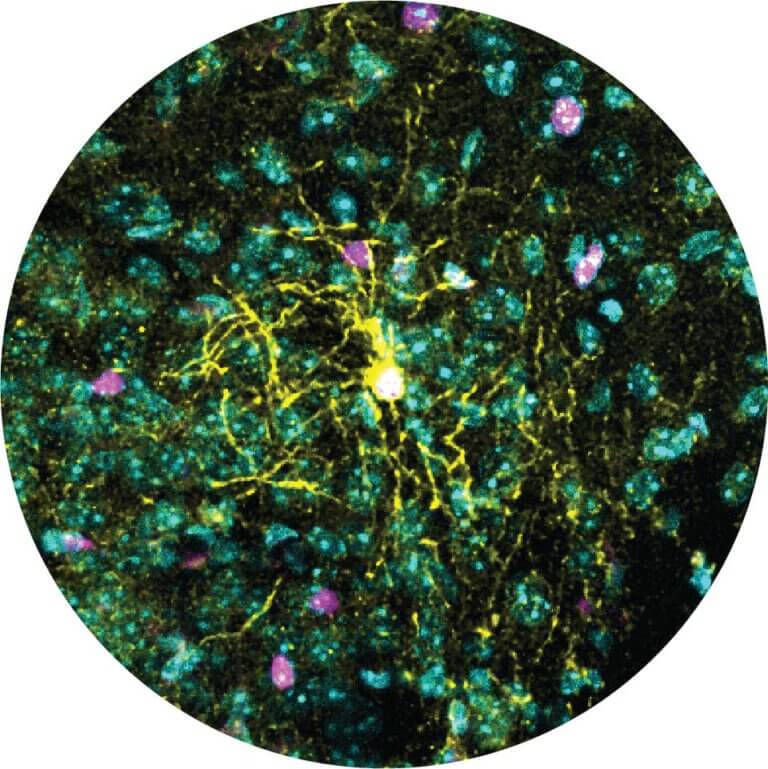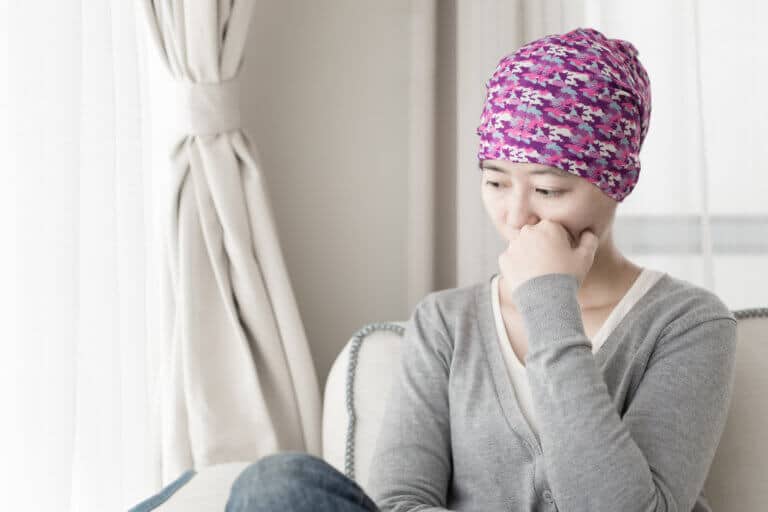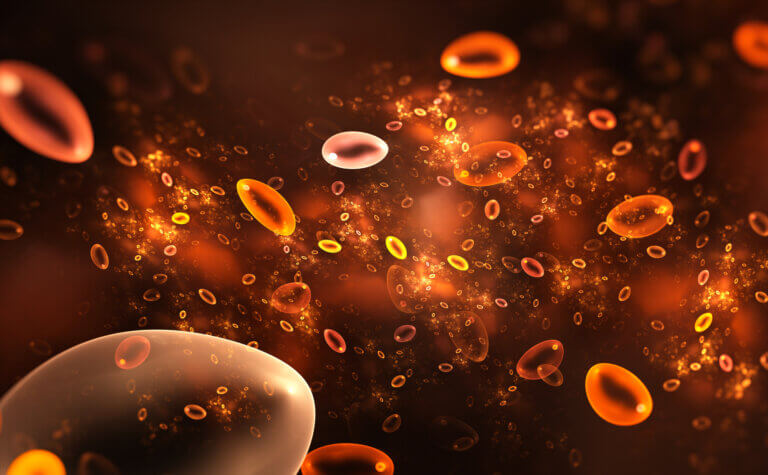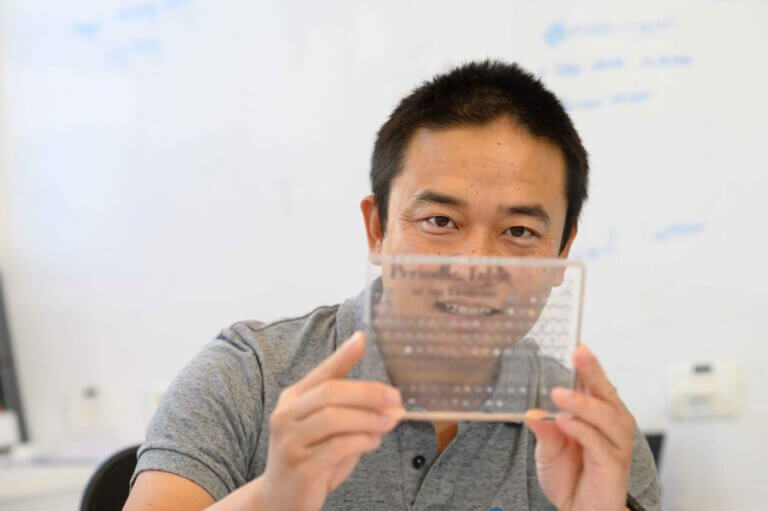Hayadan > Weizmann Institute
Weizmann Institute
- Weizmann Institute
- April 24, 2024
An artificial intelligence model sheds light on the specialization pathway of muscle cells and reveals an important control node along the way
- Weizmann Institute
- March 28, 2024
- Weizmann Institute
- March 20, 2024
Scientists of the Weizmann Institute of Science have discovered a new species of Schmer that is able to push the legs of other species that may be dangerous to health; The scientists named the new species after Dr. Chaim Weizman
- Weizmann Institute
- March 10, 2024
on the cellular division plan
- Bar-Ilan University
- March 2, 2024
A new site that serves as the first knowledge base of its kind in Hebrew in the field of rare genetic diseases in Israel - was launched on the occasion of the International Day for Rare Diseases, which is noted on a date that returns only once every four years - February 29. The Internet project is a joint initiative of Bar-Ilan University and the Weizmann Institute of Science.
- Weizmann Institute
- February 21, 2024
Collaboration between Israeli researchers, Chinese students and artificial intelligence reveals new wrinkles between the folds of orphan proteins and updates chapters in the theory of evolution
- Weizmann Institute
- February 17, 2024
The institute's scientists developed a method that allows real-time monitoring of the development of embryos at the beginning of their journey and applied it for the first time to rabbits. The comparison they made between embryonic development in rabbits and mice gave rise to answers to fascinating questions about the formation of humans
- Weizmann Institute
- January 27, 2024
An algorithm developed by the institute's scientists heralds a leap forward in the field of humanizing antibodies and may enable the rapid, efficient and cheaper development of new drugs. The key: stability
- Weizmann Institute
- January 21, 2024
Weizmann Institute of Science scientists have developed a new approach to immunotherapy based on communication between the cells of the immune system
- Weizmann Institute
- January 20, 2024
The growth of wheat has become an Israeli symbol of hope and renewal after a disaster. So are Prof. Avraham Levy's field experiments in the Gaza Envelope, which continue a glorious Israeli legacy of researching the evolution and genetics of the world-famous grain
- Weizmann Institute
- January 11, 2024
Drug safety tests often focus on "physiological safety", meaning their possible effect on patients. Weizmann Institute of Science scientists propose a new type of test: evolutionary safety
- Weizmann Institute
- December 22, 2023
Scientists at the Weizmann Institute of Science discovered that tears activate human olfactory receptors, even though they are odorless, affecting the brain activity associated with aggression - and leading to more peaceful and less vengeful behavior
- Weizmann Institute
- December 16, 2023
Weizmann Institute scientists have shown that dry air crossing the equator intensifies the monsoon rains over India. These surprising findings may improve flood warning capabilities and be good news for hundreds of millions
- Weizmann Institute
- December 15, 2023
35% of the corona patients who died in the epidemic were diabetics. In a new study, Weizmann Institute of Science scientists reveal that high blood sugar levels disrupt the immune system's ability to fight lung infections and present a therapeutic approach that may save lives
- Weizmann Institute
- December 6, 2023
Weizmann Institute of Science scientists reveal in unprecedented detail how trauma in newborn mice shapes their brains and impairs their social functions in adulthood * A corresponding behavioral expression in humans may take the form of a high level of introversion, social anxiety and avoidant personality - behaviors known to characterize post-trauma"
- Weizmann Institute
- October 30, 2023
Each of the more than 1,400 murdered in the war that began on 7/10/2023 with the invasion of Hamas militants into the Otaf settlements has their own story, Dr. Marcel Freilich-Caplon from the Weizmann Institute is one of them but it turns out that she was primarily concerned for the safety of her colleagues who were attacked by missiles at the same time
- Weizmann Institute
- October 18, 2023
A letter sent by the top of the Weizmann Institute to colleagues in academia around the world requesting that they not evade the condemnation of terrorism on 7/20/32
- Avi Blizovsky
- September 6, 2023
- 6 תגובות
A pregnancy test detected the fetus in the test tube. The artificial models developed from stem cells - without egg, sperm or uterus - and grew in the laboratory until day 14
- Weizmann Institute
- August 17, 2023
The new system was discovered in bacteria - but is also used in corals, bees and others
- Weizmann Institute
- August 16, 2023
The brown dwarf is part of a new pair system that may advance our understanding of the evolution of stars and planets under extreme radiation conditions
- Weizmann Institute
- August 12, 2023
New discoveries about how the result of infection with a virus from the herpes family is determined and where dormant viruses may hide in the body
- Weizmann Institute
- August 3, 2023
From depression and anxiety to diabetes - health conditions resulting from chronic stress affect women and men differently. New study in mice maps at the single-cell level molecular differences in the stress response in the brains of females and males, and may pave the way for personalized treatments
- Weizmann Institute
- May 9, 2023
The institute's scientists reveal how cancer leads to fatal emaciation and point the way to treatment
- Weizmann Institute
- April 29, 2023
The scientists of the Weizmann Institute of Science and their research partners identified for the first time the cells that are responsible for one of the most basic actions of life - the production of a hormone that gives an order to produce red blood cells; The findings are expected to break new ground for innovative medical treatments in various anemia conditions
- Weizmann Institute
- April 24, 2023
It started with very strange experimental results, continued in a new physical theory about the behavior of photons, and in the future may improve our smartphone screens and allow faster data communication. faster data

